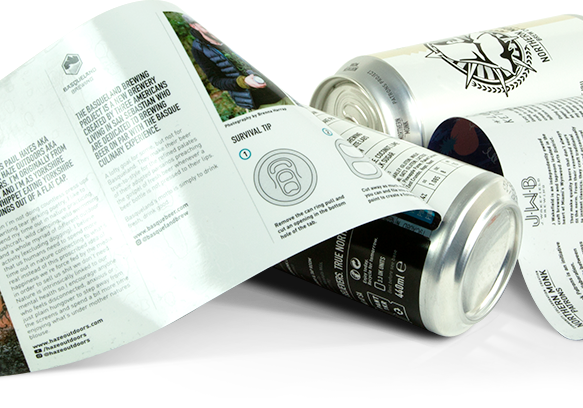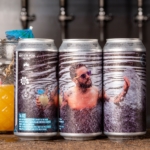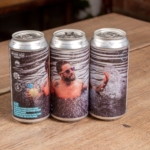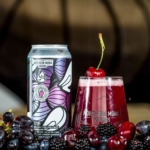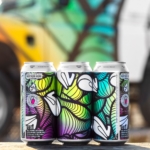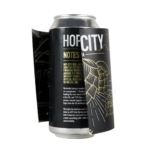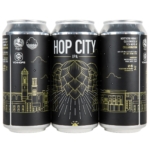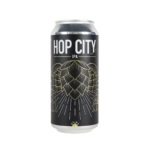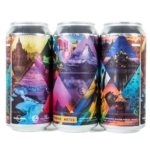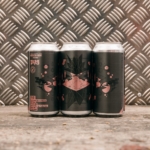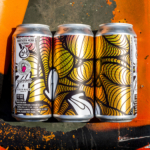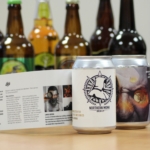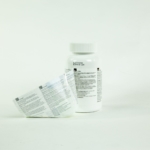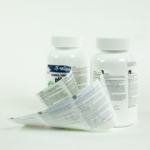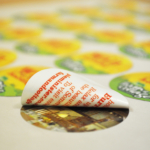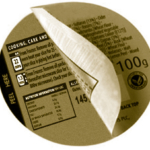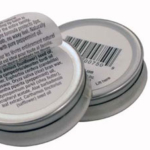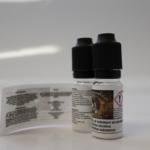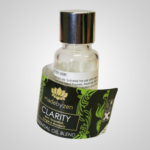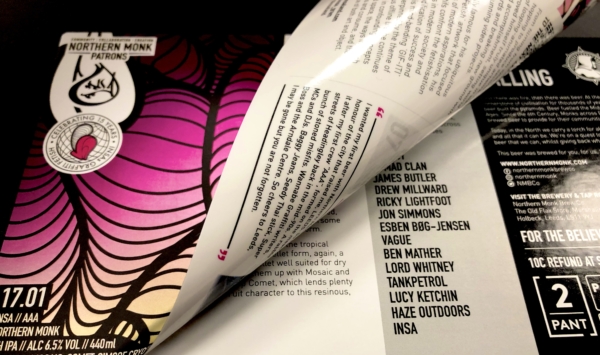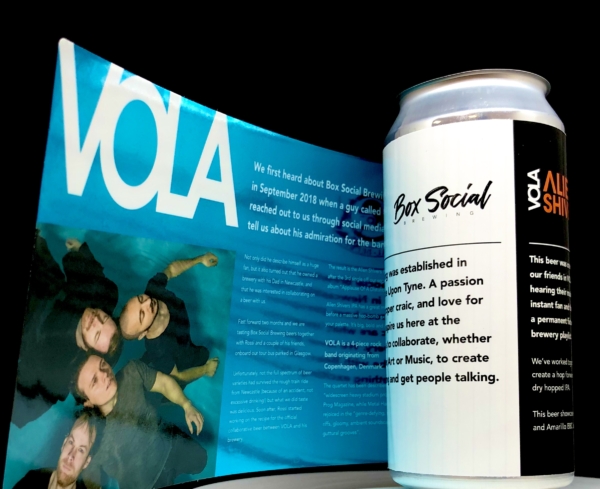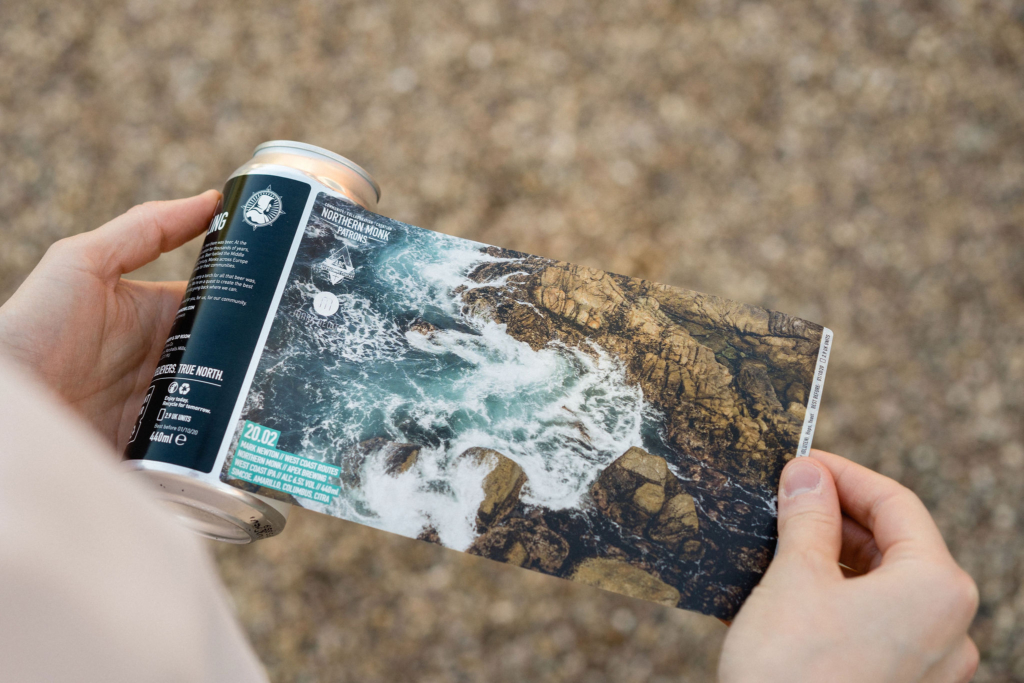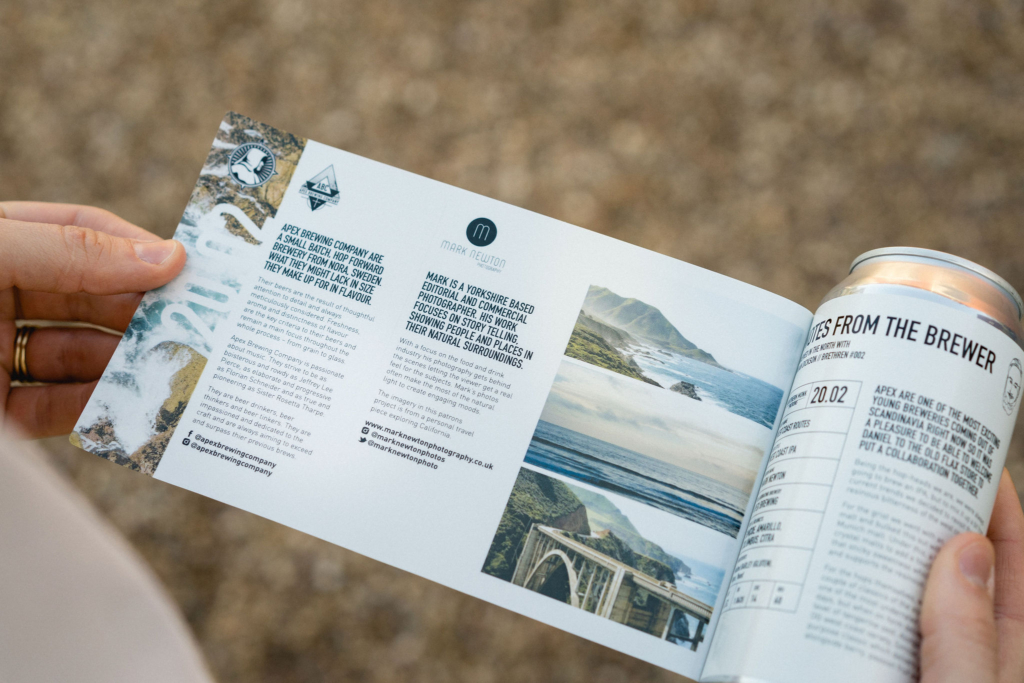PRODUCT LABELS
LABEL BY TYPE
Labels By Type
Peel & Reveal Labels
What are Peel and Reveal Labels? ... Put simply, peel and reveal labels are multi-page labels with or without a hinge.
Users can peel back the label to discover more information about the product and then re-cover the label information with self-adhesives holding the label in place.
Peel and reveal labels help highly regulated industries meet regulatory requirements without damaging products’ marketing appeal.
Essential small print information appears out of sight, allowing primary branding and product descriptions to cover most of the packaging’s visible area.
They’re also useful for a host of other purposes, including competitions and including a large amount of information where product space is limited.
Multi-Layer Peel and Reveal
Multi-layer peel and reveal labels, or booklet labels, feature multiple layers, each of which contains some printed text. Options include 2-ply with 2 or 3 printed pages or 3-ply with 4 or 5 printed pages. These are ideal for manufacturers or vendors who need to display multiple categories of information but may only have a small area on product packaging to do so.
Double-sided labels are also available. These labels offer printed information and brand imagery on both sides with the side that interfaces with product packaging treated with a mild adhesive.
Manufacturing A Peel and Reveal Label
Manufacturing peel and reveal labels is a multi-step process. It begins with base layer printing, either on Clear or White PP. The layer then receives a silicone varnish that lets the label peel, followed by a Clear PP mic layer laminated over the top, printed in reverse.
Following that, manufacturers apply another layer, usually silver, white or clear, which becomes the top layer of page one. They then add a layer of laminate or varnish to the finished label.
Some vendors have additional labelling requirements. Therefore, labels come with embellishments to make them more practical and easier to use.
These include tactile screening (usually triangular or braille marks on the corner of reveal labels), spot varnishing to highlight certain areas of the design, and cold foil elements (all of which we discuss below).
Wrap-Around Peel And Reveal
At CS Labels, we offer wrap-around peel and reveal label options. Here, the peelable section of the label wraps around the entire product, usually a bottle, and then doubles back on itself, negating the need to produce multiple leaves.
Consumers can read the relevant product information and then replace the label afterward, allowing them to continue their enjoyment of the product.
Considerations When Producing Peel & Reveal Labels
Here are some considerations that customers should take into account when deciding on what type of peel and reveal labels they want to use and if it is suited for their intended use.
Label Adhesive
Label adhesive requirements vary depending on the application. For standard packaging, regular adhesives will suffice. However, some industries may require improved, high-intensity formulations.
For instance, agricultural and bathroom products may require more robust peel and reveal adhesives that can survive harsh environments. Labels should remain useful even during wet weather, repeated usage, or after spillage.
Label adhesives also need to take product shape into consideration. Products with tight radii, such as vape pens or tubular instruments, may require “extra tack” adhesives to ensure that consumers can replace labels easily after peeling.
In some cases, the spot varnish on the base layer will have “teeth.” This gives the base layer extra strength so it doesn’t open when wrapped around products with narrow circumferences.
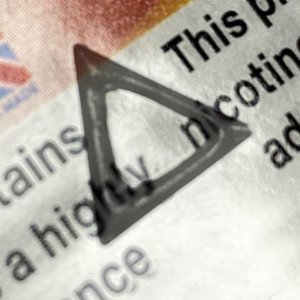
Tactile Warning Triangles & Braille Labels
Peel and reveal stickers can feature tactile warning triangles. These indicate to users that they need to peel the label to reveal more information. Warning labels are often red but can be designed in any format you require. Some label manufacturers include a faux leaf image, indicating a real leaf underneath. Triangles can also be used for security and anti-counterfeit purposes.
Braille can also be included for disabled product users. These are specifically designed to help the blind and visually impaired identify and avoid potentially hazardous substances or gain important product information, pertinent to their health (such as medication dosages).
Tactile varnish is used for both decorative and practical reasons, giving labels an attractive, raised feel. Please note that screen print embellishments, such as tactile triangles and Braille can’t be printed on matte-laminated labels.
Branding & Imagery For Your Label
When designing peelable labels, branding and imagery are also quite important. Peel and reveal labels can be a critical component of product and packaging aesthetics. A poorly-designed label may impede consumer enjoyment and sales.
Because peel and reveal labels are consumer-facing and contain important safety information, they need to be of high quality.
Labels should be able to withstand the demands of the environment required by vendors and end-users. Companies should adjust the laminate thickness and adhesive tackiness, depending on the situation.
Peel and reveal labels must also offer high-fidelity printing. Words and letters should be clear and easy to read, even if the font is small or the space available for the label is limited.
Strong colours are also helpful. Quality label printing allows brands to maintain their theme throughout the label. Labels must contain appropriate imagery and have a uniform appearance once fabricated.
A tough exterior is also recommended. Peel and reveal labels made of high-quality materials that resist ripping and are less likely to break during transportation.
Branding embellishments are available. For instance, you can equip your peel and reveal labels with a silver PP top layer that helps to make design and branding elements appear metallic. Labels can also feature silver top layers on page two, creating metallic effects in the second layer as well for a more consistent or interesting label design.
A tough exterior is also recommended. Peel and reveal labels made of high-quality materials that resist ripping and are less likely to break during transportation.
Branding embellishments are available. For instance, you can equip your peel and reveal labels with a silver PP top layer that helps to make design and branding elements appear metallic. Labels can also feature silver top layers on page two, creating metallic effects in the second layer as well for a more consistent or interesting label design.
Enhance Your Digital Labels With Embellishments
While standard labels provide information to consumers and other stakeholders, embellishments help you improve the design and perhaps improve communication. Many types of premium touches and finishes are available.
Foiling
Foiling is one of the oldest printing forms and produces great results. Hot foil labels can be combined with embossing for a textured finish.
Cold foiling is a cost-effective way to produce a similar effect
Foil Blocking
Foil blocking involves applying a metallic or pigment foil to the label and then using a heated die to stamp the foil.
Manufacturers typically use this embellishment to highlight the quality or premium nature of the product. Designs can be simple or elaborate.
Spot UV Varnish
Spot UV varnish is a popular technique involving applying a high-gloss UV coating to a product using ultraviolet light to cure the print medium’s varnish.
Spot UV produces detailed shiny spots for a more vibrant and attractive aesthetic
Embossing and Debossing
Embossing involves treating labels so that certain sections protrude from the surrounding area. Applications include Braille, warning triangles, or just areas you want to emphasise.
Debossing is the reverse, creating impressions in the label for practical or aesthetic purposes
Tamperproofing
Tamperproofing labels indicate when someone has tried to interfere with a label, allowing suppliers to reject items at various stages in the supply chain.
Raised Screening
Raised screening produces a thick, raised layer of ink on labels that feels good to the touch
Embellishments change the label’s look and texture. Certain types of embellishments may be more suitable for certain industries than others.
Common Uses Of Peel and Reveal Labels
While standard labels provide information to consumers and other stakeholders, embellishments help you improve the design and perhaps improve communication. Many types of premium touches and finishes are available.
Adding Multiple Languages
Products that are widely used are often shipped to multiple countries across the globe.
Therefore, manufacturers may need to provide additional information in multiple languages.
Multi-layer labels are suitable for this purpose by creating additional space and still displaying the main language.
Phamaceutical Labels
Pharmaceutical products may have complex dosage instructions and contraindications that don't fit on the side of standard packaging. In some cases, including an additional information leaflet inside the box is not possible.
Peel and reveal labels increase labelling area, enabling producers to provide patients with all the information they need to make better decisions regarding their medication.
Cosmetic & Toiletry
Cosmetics and toiletry companies need to provide Control of Substances Hazardous to Health (COSHH) and Registration, Evaluation, Authorisation and Restriction of Chemicals (REACH) information.
The data is vital for consumers but takes up a lot of space on product packaging. Peel and reveal labels solve this problem by providing extra space for necessary information.
Promotional & Authenticity
Peel and reveal labels can conceal information on their base layers, making them amenable to competitions and promotions. Consumers pull back the label to reveal a code, QR code, or a statement telling them that they have won.
Peel and reveal labels are also useful for product authentication and legitimacy stamps.
Small Cosmetic Packaging
Small form-factor cosmetics, such as lipstick tubes, eyeliner pencils, and lotion bottles may not have enough space for conventional labels, particularly if they don’t come in a box.
Peel and reveal labels provide additional space manufacturers and vendors need to display statutory information.
Collectables & Limited-Editions
Small form-factor cosmetics, such as lipstick tubes, eyeliner pencils, and lotion bottles may not have enough space for conventional labels, particularly if they don’t come in a box.
Peel and reveal labels provide additional space manufacturers and vendors need to display statutory information.
Display Additional Details
Products with small labels or packaging may not offer sufficient space for comprehensive labelling. Therefore, manufacturers and vendors may not have enough room to say everything they want to say about the product without reducing the font to too small a size.
Peel and reveal labels provide extra space for companies to display more information on compact labels, letting them communicate their message without compromising on product or packaging design.
Two or three layers of material provide between three and five additional printable surfaces. This extra space lets manufacturers print additional details on their labels as lawmakers add new legislation, particularly in at-risk industries such as cosmetics and pharmaceuticals, should the need arise.
